
It’s the stuff out of nightmares and horror films: Armed men waylaying a vehicle, then hiding young victims in an underground prison.
But it happened in real life to 26 California schoolchildren almost five decades ago, when three rich kids kidnapped the students and their driver in the largest for-ransom scheme recorded in the US – burying the hostages in a quarry as the offenders asked for $5m.
Sixteen hours later, the children and their driver dug themselves out, and the kidnapping trio went to prison. The victims were physically all right, but the PTSD and trauma still haunts them. And now the last architect of the horrifying scheme has been granted parole, against the wishes of the governor of California.
Frederick Woods, 70, was paroled this week by the California Department of Corrections and Rehabilitation. He was just 24 when he and two friends, brothers Richard and James Schoenfeld, concocted the bizarre yet daring scheme.
Woods was the last of the three to be released from prison, drawing mixed reaction from the victims, who ranged in age from 5 to 14 when the armed kidnappers commandeered their bus in July 1976 on the way home from a summer school excursion.
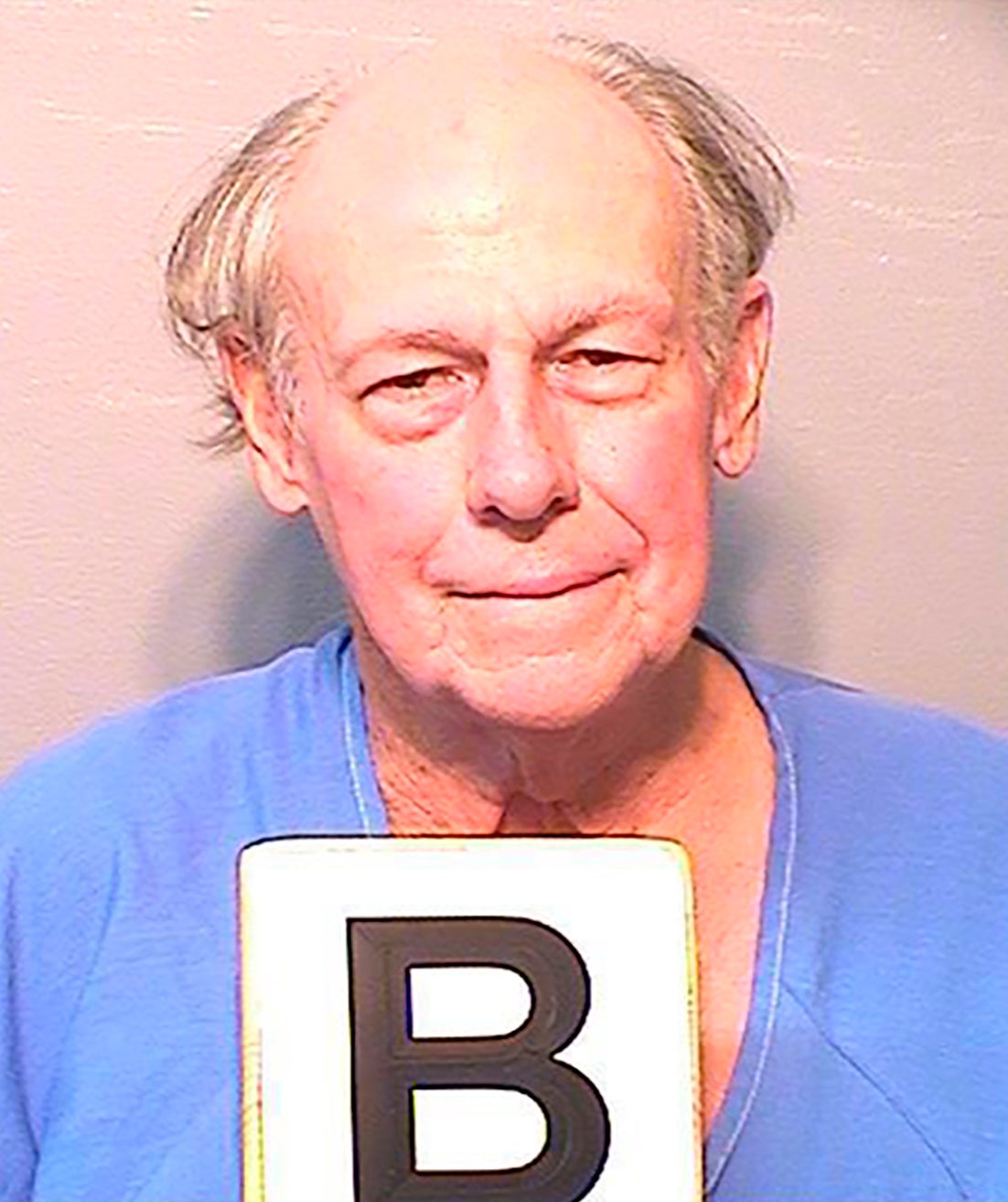
Every detail of the case, from start to finish, sounds like something out of a far-fetched movie – and the incident has in fact inspired countless crime episodes, podcasts and programmes.
The location of the incident constituted the only completely ordinary factor in the case; Chowchilla is a small rural central California town between Fresno and Merced, its population still hovering around 20,000 – including the inmates of two prisons.
Twenty-six children and their driver, Ed Ray – who’d gone to school with some of the kids’ grandparents and knew every passenger on his big yellow bus – were driving through the area on the second-to-last day of summer school in when Woods and the Schoenfelds stopped the vehicle on a rural road.
The trio forced their 27 hostages into two other vans, drove them around for 11 hours, then brought them to a quarry owned by Woods’ father.
The way this plan came about was haphazard, selfish, immature and, frankly, damning for the three offenders when they were quickly arrested. Woods and the Schoenfeld brothers all came from significant privilege – and seemed determined to maintain that status with the smallest amount of effort.
“Ronald Reagan put out a headline to the press that the state of California had a billion-dollar surplus,” James Schoenfeld told the California State Board of Parole in 2015, when he was released; his brother had been let out of prison earlier.
“I kept thinking the state’s got more than it needs. They won’t miss $5m,” he said. “I wasn’t going to commit any crimes, risk my life or risk my reputation for anything less than a million, so a bank robbery wouldn’t work. A drug deal wouldn’t work. I didn’t know anything except a kidnapping that I’d seen on TV that would provide sufficient reward.”
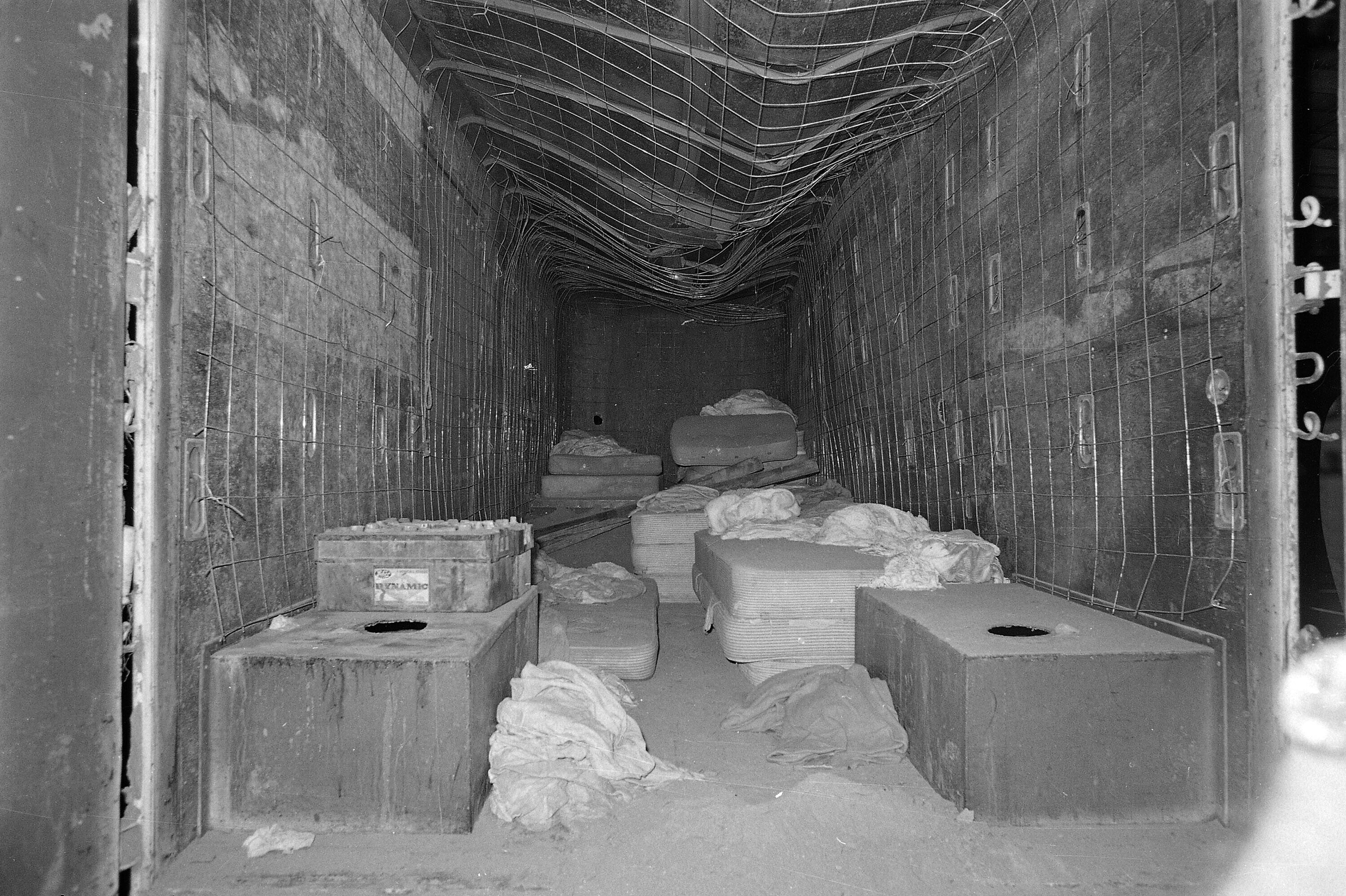
He told the board he knew they’d need “multiple victims to get multiple millions”.
“We picked children because they are precious,” he said. “The state would be willing to pay for them. And they don’t fight back. They are vulnerable. They will mind. They will do what we tell them to do. And I was a coward not to pick a different target.”
The plan, the Los Angeles Times reported in 2011, eventually began “as an idea for a screenplay about the perfect crime — a big ransom, victims released unharmed and everything wrapped up in 24 hours.
“After they lost $30,000 on a housing deal, they started plotting the kidnapping for real, hoping to make some easy money.”
Initially, the kidnappers considered holding their eventual hostages in a barn also on land owned by the Woods family, but it would take too much protection, they decided.
“So I thought, how about a moving van?” James Schoenfeld told the parole board. “I just wanted something that everyone would fit into that they couldn’t get out of. We thought that in a moving van they could just cut through sheet metal walls and get out. Then the idea came to bury the van. If it was underground, they couldn’t just cut through the walls and get out.”
So that’s what the young men – barely older than children themselves, as the younger Schoenfeld, Richard was only 22 – decided to do, outfitting a van with mattresses, toilet paper, food water and fans. They buried it on the Woods-owned quarry in Livermore, about 100 miles northwest of Chowchilla, the van’s roof at some points more than four feet below ground level.
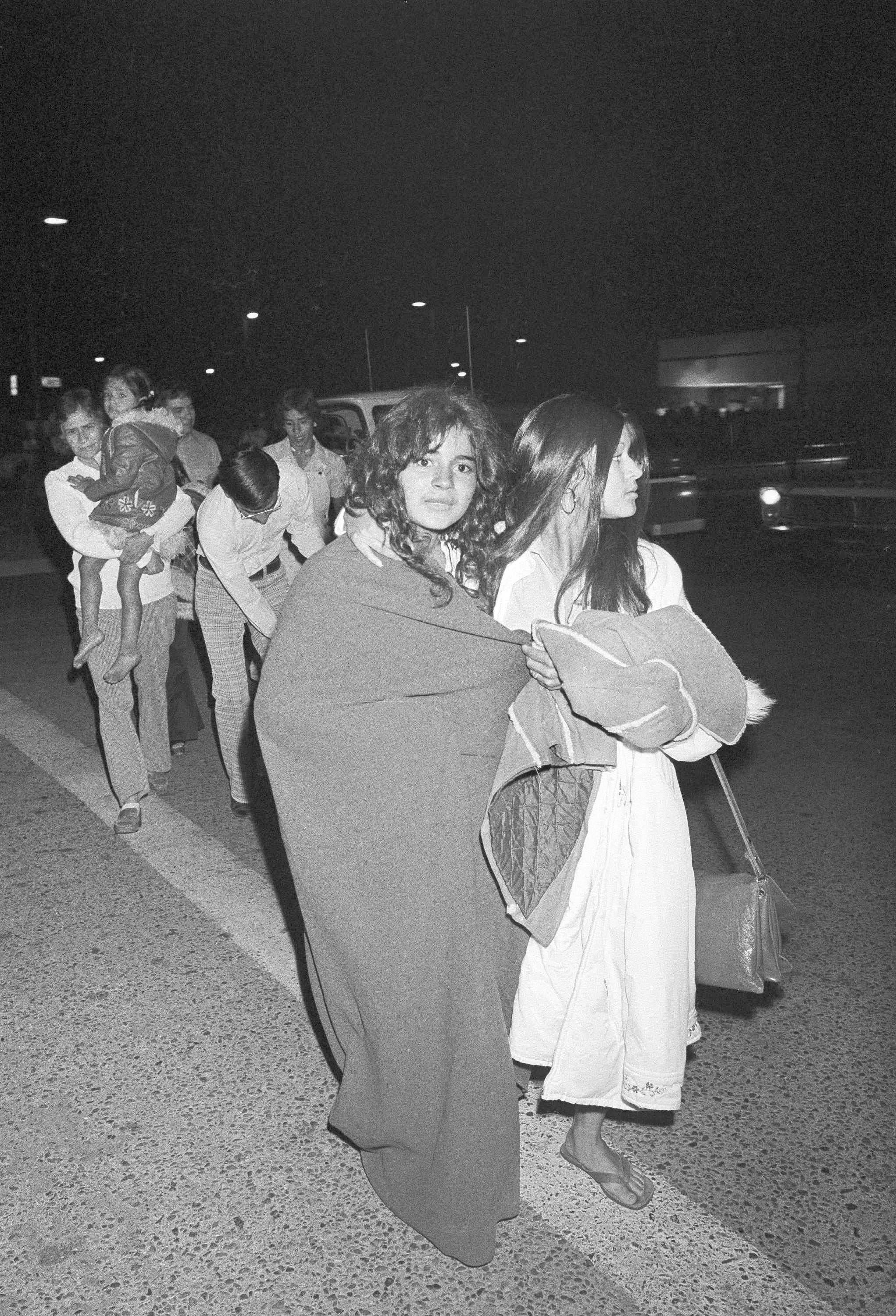
Then they settled on the students from Dairyland Elementary School and their driver, Ed Ray, as their targets.
Describing his mindset at the time, Schoenfeld told the parole board he and his partners-in-crime theorised: “We hijack the school bus. We hold them in the underground van. The state pays the ransom. We’re happy forever. All our troubles are solved. We let the victims go. Everybody’s happy.
“I lied to myself thinking no one would get hurt. I had no consideration for the feeling and the trauma I was causing. “
There were 19 girls and seven boys on the bus, and panic quickly descended when they were taken hostage, despite Mr Ray’s stoicism.
“There was a lot of crying and begging for mama,” the driver later told reporters. “They kept hollering and saying, ‘Why did they do this to us?’ I’d like to know, too.”
The Schoenfelds and Woods transferred the hostages into two other vehicles, hiding the bus in foliage and driving the victims around for 11 hours before depositing them in the buried van in the quarry. For almost 16 hours, they waited and worried; Mr Ray was convinced the roof would fall in.
Then he and some of the children began stacking mattresses, attempting to escape through a trap door in the roof and eventually succeeding. One student managed to wriggle through the dirt that had been piled atop the van, finding help from a night watchman at the quarry – and Mr Ray, who led the children to freedom, was hailed as a hero.
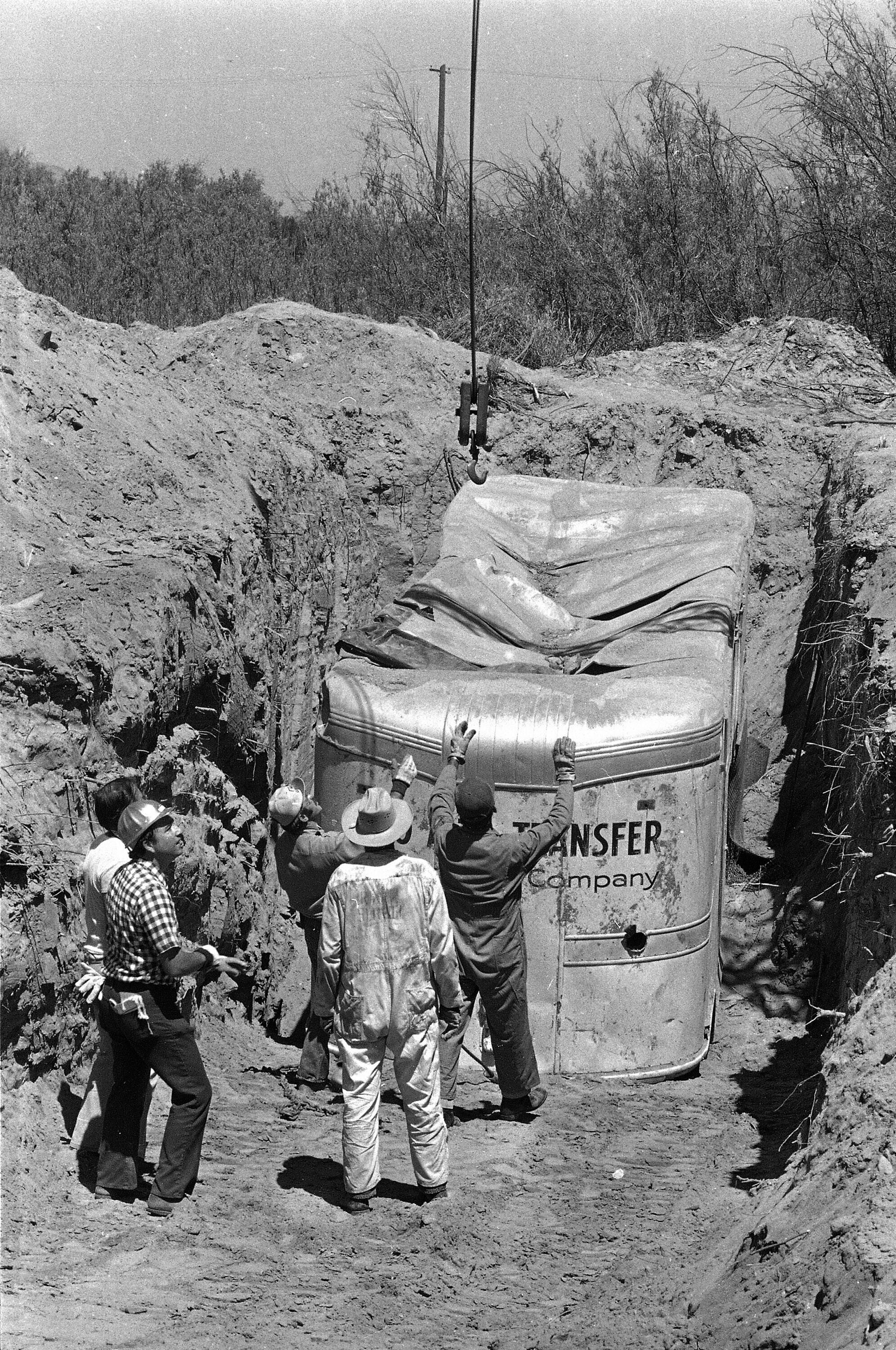
He was eventually gifted the yellow school bus itself, after everything settled down; Mr Ray died in 2012, ten years before Woods would be released.
When the children escaped, however, Woods and his co-conspirators had already proven to be bungling criminals.
“After they imprisoned Ray and the children, they left to call in a $5-million ransom demand to the Chowchilla Police Department,” the LA Times reported. “The phone lines were busy. They took naps and awoke to the news that the children had escaped.”
They were quickly arrested; Mr Ray, under hypnosis, remembered a license plate number. There was a media circus, and all three were sentenced to life in prison.
An appellate panel – on which California Gavin Newsom’s father served as a judge – allowed the possibility of parole in 1980.
Richard Schoenfeld was released in 2012 and his older brother was released in 2015, leaving Woods as the only one still imprisoned; he was denied parole at least 17 times before the release decision was announced this week.
Lynda Carrejo Labendeira was just 10 years old when riding on the kidnapped school bus.
“She recalled how the children struggled to escape as a flashlight and candles flickered out while ‘the makeshift, dungeonous coffin was caving in,’” AP reported.
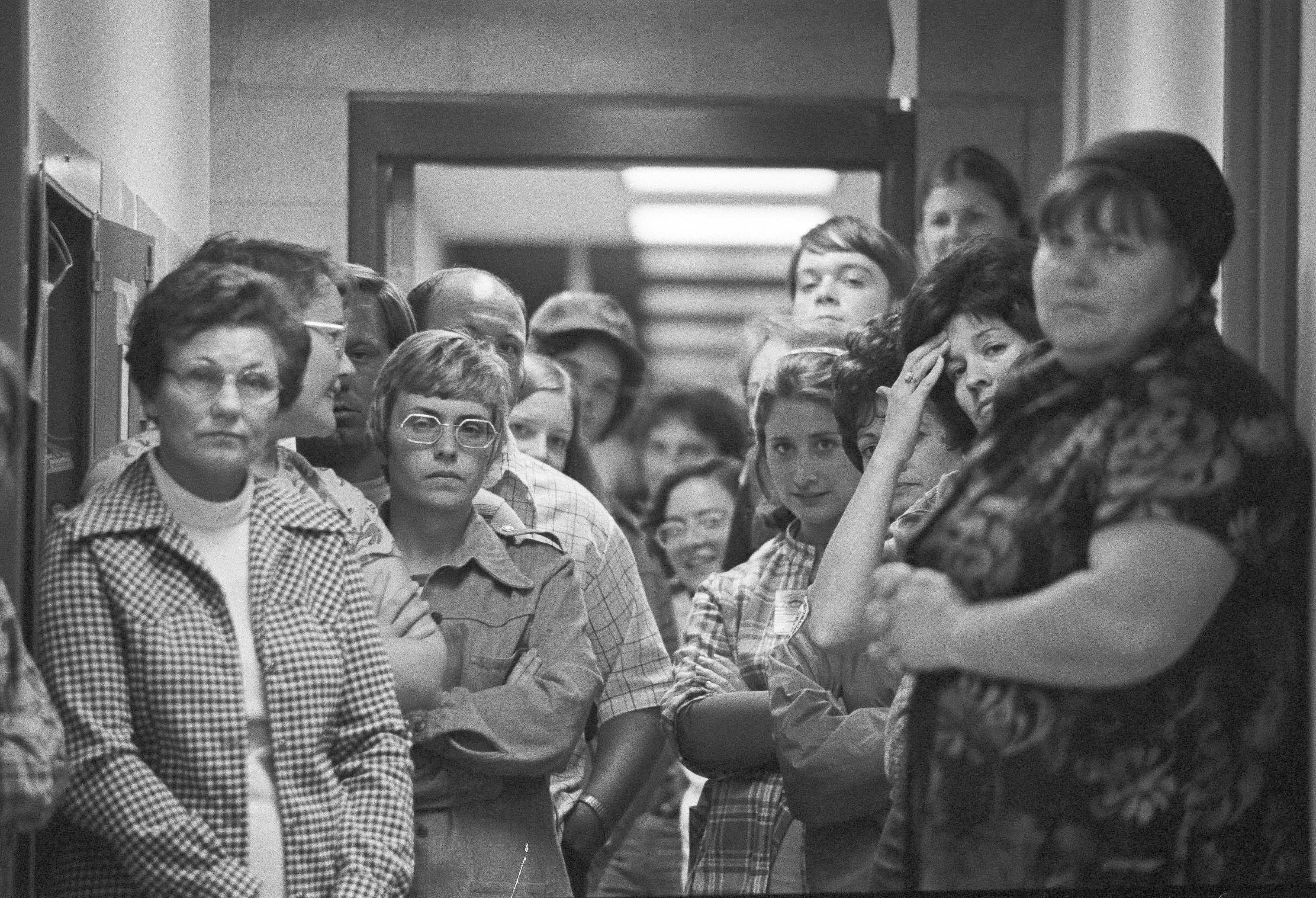
“I don’t get to choose the random flashbacks every time I see a van similar to the one that we were transported in,” she told the board.
“Insomnia keeps me up all hours of the night,” she said. “I don’t sleep so that I don’t have to have any nightmares at all.”
Jennifer Brown Hyde was one year younger.
She told the board about “the lifetime effects of being buried alive and being driven around in a van for 11 hours with no food, water or a bathroom in over 100-degree weather,” according to AP.
“His mind is still evil and he is out to get what he wants,” she said. “I want him to serve life in prison, just as I served a lifetime of dealing with the PTSD due to his sense of entitlement.”
Following the board’s decision, Ms Hyde said her family was disappointed, AP reported - but said it was “time to close this chapter and continue living the blessed life I have been given,” praising her fellow hostages as “true survivors and not victims.”
Other survivors have supported the release of the men over the years – but the California has been adamantly opposed setting Woods free.
Mr Newsom said Woods "continued to engage in financial related-misconduct in prison," using a contraband cellphone to offer advice on running a Christmas tree farm, a gold mining business and a car dealership, AP reported – adding that the governor couldn’t block Woods’ release because he’s not convicted of murder.
Woods’ behavior "continues to demonstrate that he is about the money," Madera County District Attorney Sally Moreno said in opposing his parole, according to AP.
Ms Moreno said after the decision that she was angry and frustrated "because justice has been mocked in Madera County," and she fears for the state of society "if you can kidnap a busload of school children, abandon them buried alive and still get out of prison after committing that crime and spending your time in prison flouting the law."
Woods, for his part, said during his parole hearing in March that he was “selfish and immature at that time” and said “his more recent violations were to benefit the trust fund left him by his late parents,” AP reported.
"I didn’t need the money. I wanted the money," Woods said of the ransom attempt.







